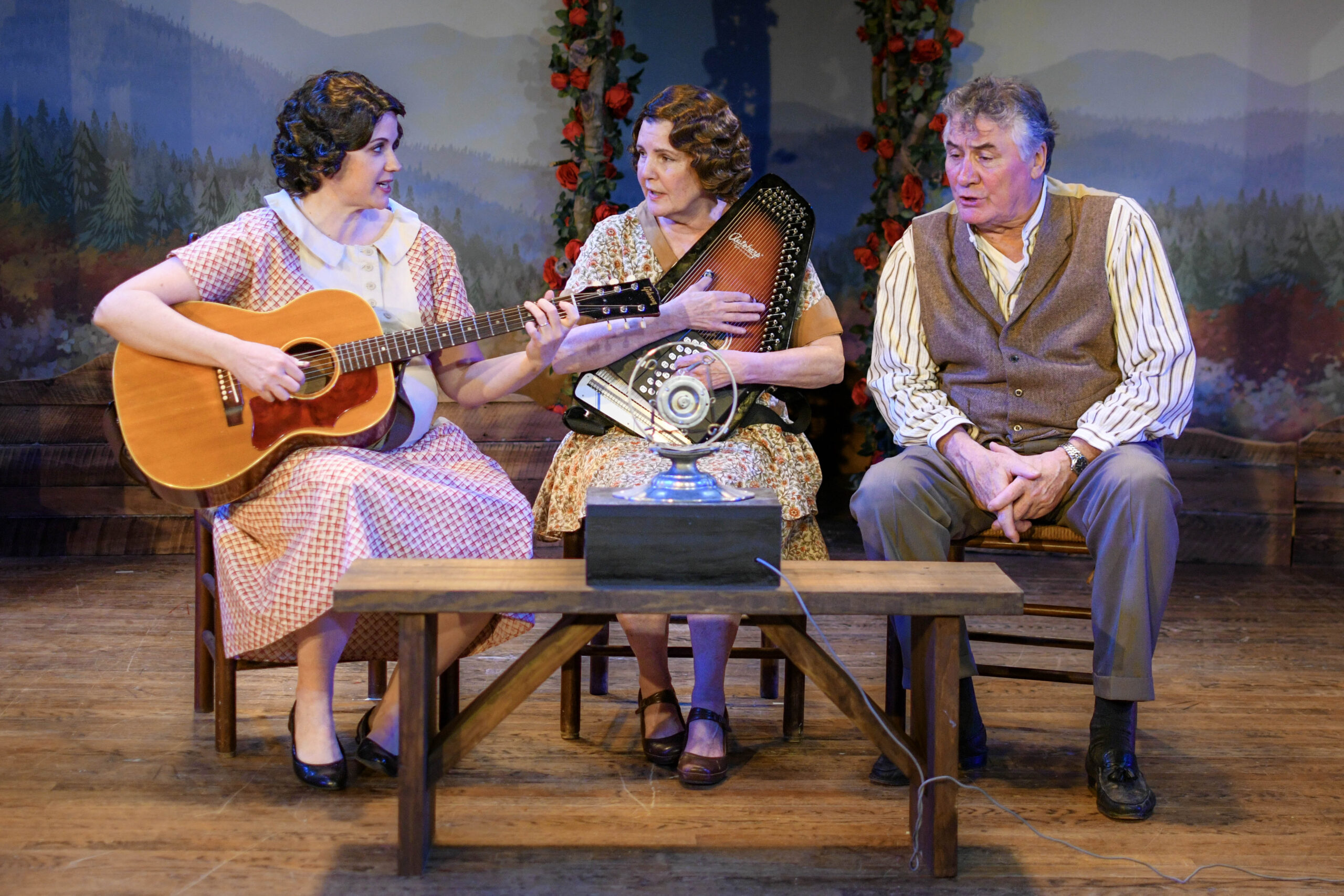Ideas, Questions, and Knowledge, Oh My!
by Victoria Ryan O’Toole
Be a good role model. Take advantage of your kids’ “monkey see, monkey do” tendencies to increase their curiosity. Whenever a question pops into your head, ask it out loud. “I wonder what makes this spaghetti sauce taste so good?” “Why was there hail in that thunderstorm?” “What makes the dog get so excited after a bath?” Then, together with your children, try to find the answers.
Answer questions. It’s true; sometimes you simply don’t have time to answer every single question your child has for you. But don’t get into the habit of replying with a non-answer like “Because I said so” or “That’s just the way things are.” Give your child an answer or explanation whenever possible, and try to engage him in discussion afterward. If you don’t have an answer, try responding with something like, “Actually, I don’t know the answer to that. Let’s try to find one together. Where do you think we should start?” You don’t want your child to learn that his curiosity will never be rewarded!
Encourage your child’s interests. Your child’s curiosity will naturally lead her toward topics and activities that interest her. Whenever possible, try to squelch the urge to say, “Not now, Lauren—you can play with your keyboard toy later,” or, “Put your shark books away and do something more constructive.” Too many rebuffs of this nature will teach your child that other things are more important than pursuing topics they’re curious about. Instead, encourage your kids to learn more. Help your daughter look up keyboard tutorials on YouTube, for example, or go to the library with her and find more books about sharks!
Give your child tools. Give your kids the ability to pursue the things they’re curious about on their own. When it’s age appropriate, teach them how to use Internet searches (perhaps with parental controls in place) and libraries. Try to help them build a good home library, too, because you never know when a question about outer space, insects, or ancient Rome will pop up! You might also want to help your kids build a portable “curiosity toolkit” for when they’re on the go. Fill a backpack with paper, colored pencils, a ruler, a magnifying glass, a pocket dictionary, and whatever else you and your kids can think of. You’ll be ready for any adventure that comes your way.
Help your child live in a stimulating environment. You don’t have to make your entire house a playground, but keep in mind that kids are interested by pictures, new objects, new experiences, etc. Visual, aural, and other sensory stimulation is especially important and powerful when your children are very young—just think about all of the things your toddlers have climbed on, picked up, and put in their mouths! As your children get older, help them find things to do—don’t just turn on the TV or gaming system and allow it to “babysit.” For instance, you might want to change one or two things around your house each week (e.g., switching the order of framed pictures on the bookshelf or putting different throw pillows on the couch) and ask your kids to figure out what is different. You might also want to place interesting things—ranging from newspaper articles to old vacation souvenirs—on the breakfast table to serve as fun talking points that wake up the brain.
Don’t micromanage. Let your child engage in open-ended play. Don’t always tell her how to do something (e.g., “Color only in this direction,” or, “Here’s what you need to do to build a fort underneath the kitchen table”). Let her figure things out for herself. Often, you’ll be pleasantly surprised—or even amazed—by the results. It’s also a good idea to avoid labeling what your child does. Instead, allow her to explain it to you. For example, instead of saying, “Your drawing looks like a cow—is that right?” say, “That’s a cool drawing. Tell me more about it!” Sometimes the answers are fascinating.
Allow your child to make mistakes. Parents often want to swoop in and save the day. After all, it’s our natural instinct to prevent our kids from being disappointed, discouraged, rejected, etc. But making mistakes, then figuring out how to get up and move forward again is an important part of staying curious and resilient. As long as your child isn’t in danger, try to avoid stepping in. Offer guidance and encouragement, not solutions. And above all, teach your kids that mistakes aren’t failures; they’re opportunities to learn and improve.
Banish “boring.” In other words, cut the “B-word” out of your vocabulary. Don’t label activities or situations as “boring,” because you don’t want your child to think that boredom is okay. Instead, encourage your child to find something interesting if he isn’t stimulated. Curious people are never bored because they have the ability to look around and ask questions: “Why is this the way it is? How did it get that way? What can it tell me about the world?”
Teach your child how to observe. Curious kids are able to look at the world around them and easily notice things that are interesting, mysterious, exciting, etc. (That’s why they’re never bored!) Observation (and adventure) often starts with a simple, “I wonder…” To get your kids into the habit of noticing both the big picture and the small details so that curiosity can take root, point out interesting things you see yourself. For instance, “Look at that butterfly—how many colors can you count on its wings?” You can also “quiz” your kids on various things like, “Do you remember how many dogs were at your Aunt Erin’s house?” or, “What interesting things did you notice when you visited Daddy in his office?” (Oh—and the classic “what’s different between these two pictures?” games work, too!)
Talk to your child about how curiosity “works.” Get into the habit of talking to your kids about how curiosity impacts our world in areas ranging from government to education to technology to medicine and much, much more. Explain how many “staples” of our daily lives, like light bulbs, cars, computers, etc., were born because of someone’s curiosity. You might find it helpful to check out library books about inventors like Thomas Edison or look up Internet articles about individuals like Bette Nesmith Graham, who invented Liquid Paper (typing correction fluid). Together with your child, talk through how these curious innovators went through the process of asking, imagining, planning, designing, and creating to end at a finished product. Soon, your son or daughter might have a whole new set of real-world role models.
# # #
About Victoria Ryan O’Toole:
Victoria Ryan O’Toole is the author of the popular Molly Moccasins books, apps, games, and activity series. The first dictionary that O’Toole ever received was inscribed with a powerful message from her favorite uncle: “A curious mind is never bored.” As soon as she read that line, she knew life would never be boring—and it never has been.
O’Toole’s first children’s book series, Molly Moccasins, is evidence of Victoria’s optimistic perspective. Molly Moccasins finds meaning, knowledge, and adventure in everyday life—just as Victoria has since she was young. Now Victoria has written and published nearly 70 Molly Moccasins stories for the series, which have sold in almost one hundred countries in less than a year.
She delights in her life in Southern California with her husband, twin daughters, and twin yellow labs, and is thrilled to be writing adventure stories that encourage children to use their imaginations and natural curiosities, just as she continues to use hers.
About Molly Moccasins:
The Molly Moccasins book series and advertising-free website are for all young adventurers who like to read, play, think, imagine, and investigate. The lead character, Molly, with her spirited imagination, slightly sophisticated vocabulary, and positive perspective, delights in some great adventures with her family, friends, and the people (and creatures) she encounters in her everyday life. The website is launching with nearly 70 stories and even more game options.
Using contemporary media, this unique story, game, and activity book series is for children, parents, and educators and can now be enjoyed in print and on almost all digital platforms: web, apps, ebooks, and audio books.






